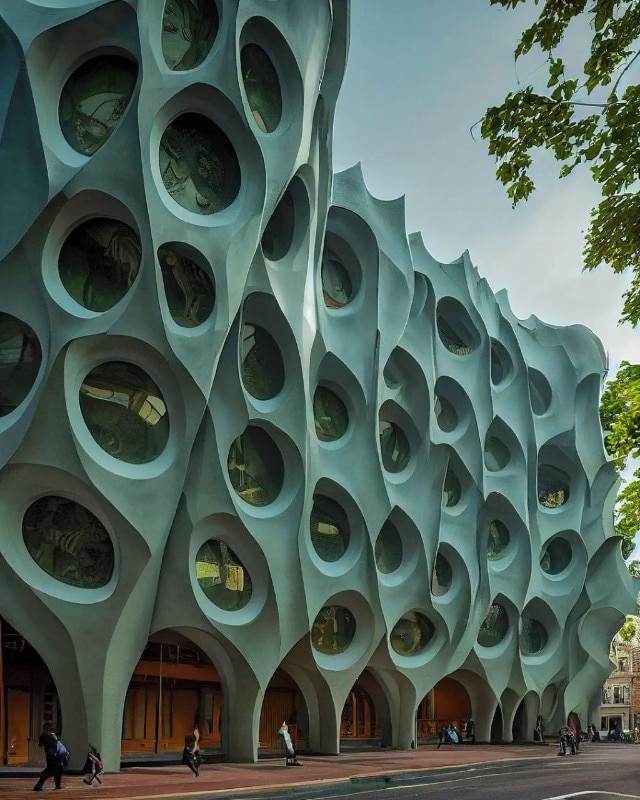
Hassan Ragab
Courtesy @hsnrgb (Instagram account)
The Egyptian designer and conceptual artist Hassan Ragab, just like many other fellow designers, uses various text-to-image Artificial intelligence software, like Midjourney, Dall-E2 and DreamStudioAI, to create conceptual works employing architectural elements. The 2D rendering production is aimed at creating sources of inspiration together with the machine.
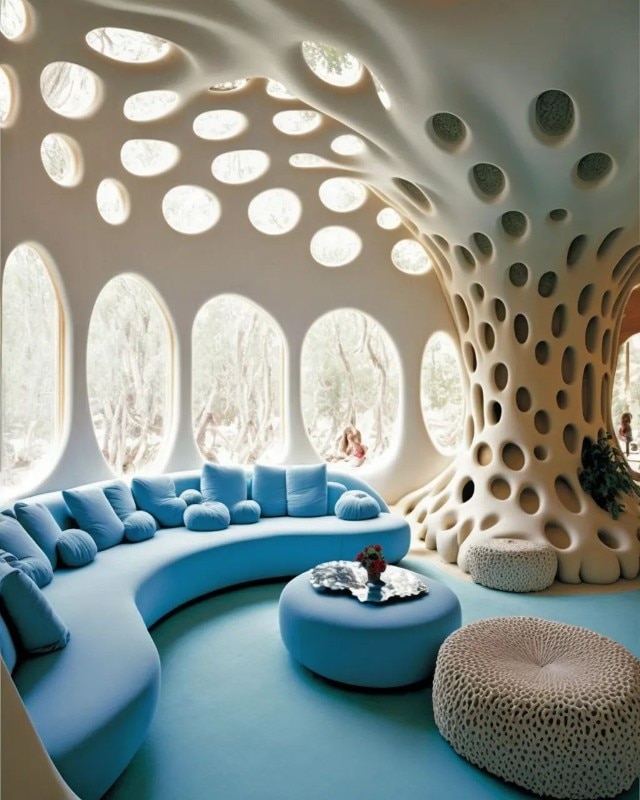
Hassan Ragab
Courtesy @hsnrgb (Instagram account)
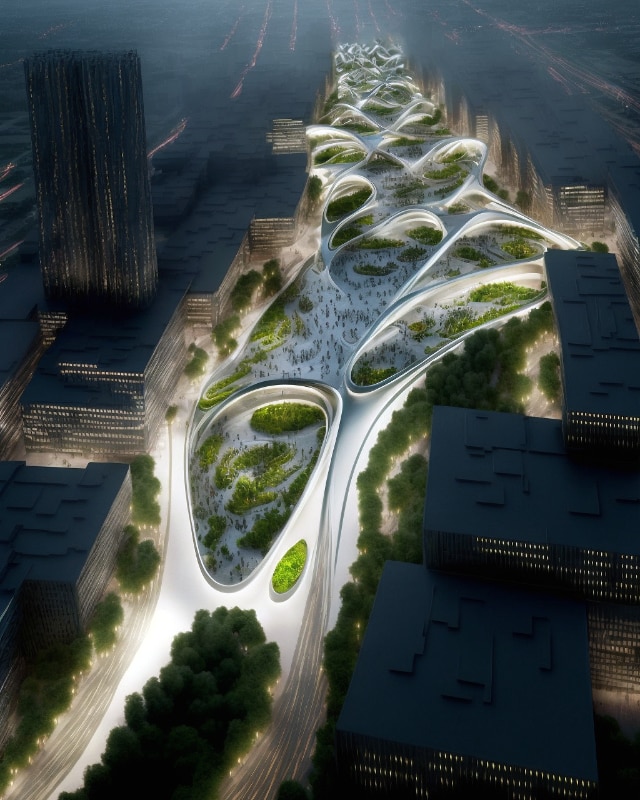
Tim Fu
Courtesy @ti.fu (Instagram account)
The Canadian designer and architect Tim Fu worked at the London office of the Zaha Hadid Architects and is a member of the ZHA Code, the firm’s computational research group in which he works on algorithmic design. Ha has been working on the art of “prompt crafting” for the past year and he even hosted several online workshops for architects and designers on the topic.
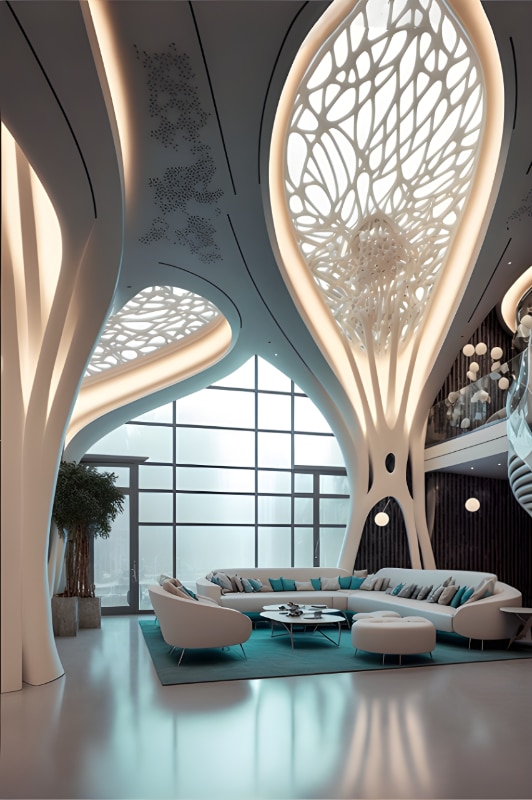
Tim Fu
Courtesy @ti.fu (Instagram account)
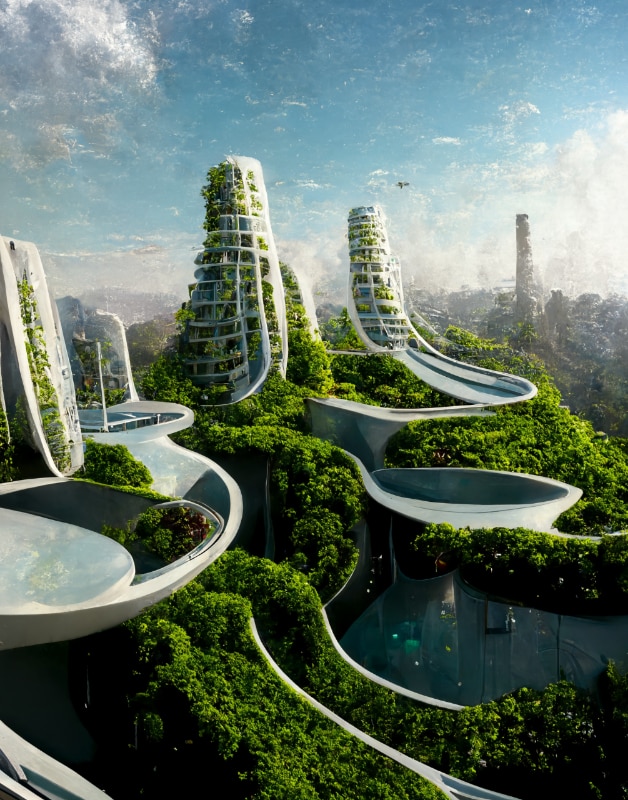
Manas Bhatia
Courtesy @manasbhatiadesign (Instagram account)
The architect and visual artist Manas Bhatia currently collaborates with Ant Studio, India, as a Junior Associate and he is responsible for exploring the potential of artificial intelligence in architecture. His research focuses on hypothesizing fluid spaces that can connect human construction and wilderness.
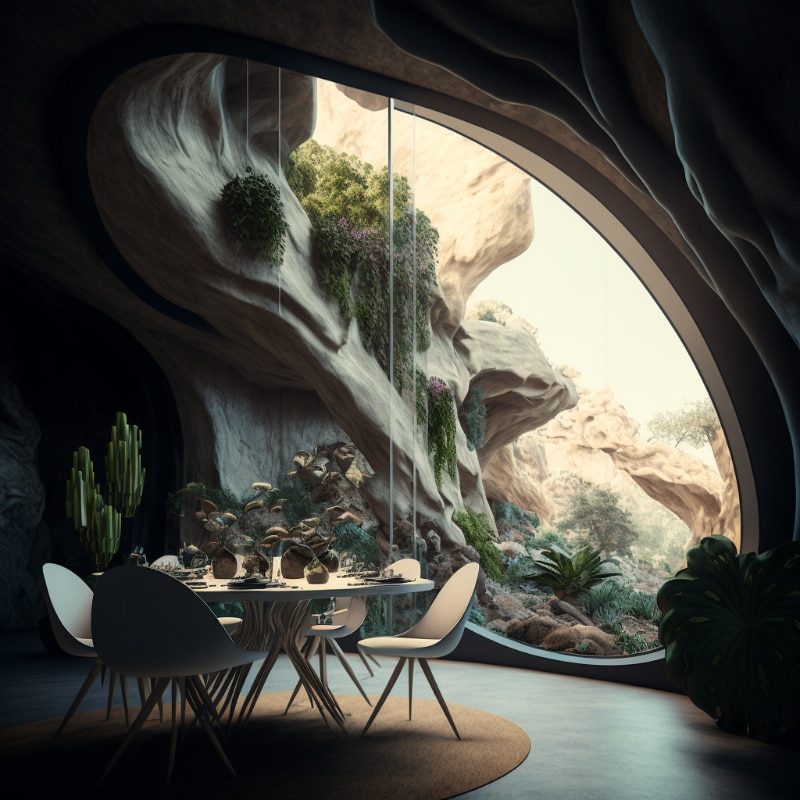
Manas Bhatia
Courtesy @manasbhatiadesign (Instagram account)
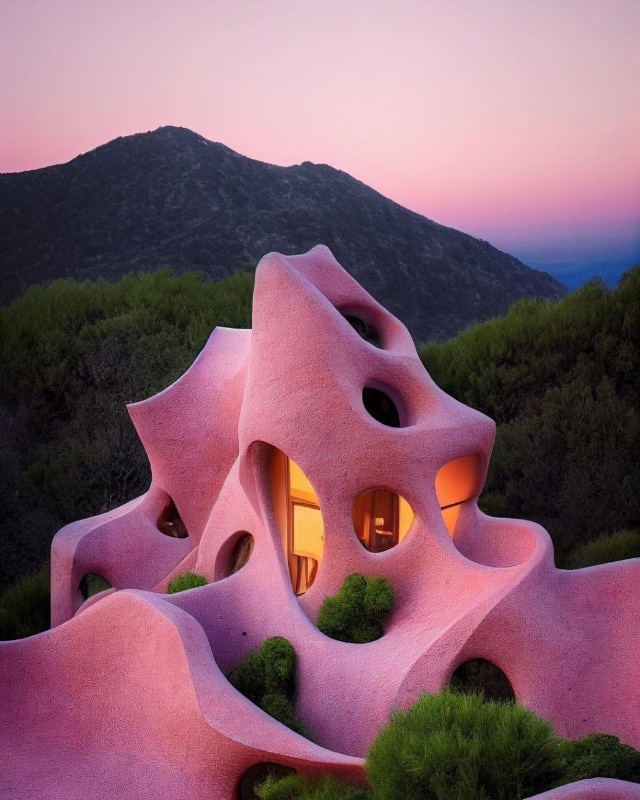
Gaudism
Courtesy gaudism.ai (Instagram account)
The first example of analog parametric architecture is the rope model by Antonio Gaudí, used to calculate the load held by each arch of the Sagrada Familia. Gaudí’s modernism inspired the project Gaudism, which used Midjourney and various other 3D modelling software to create “ultra-fable-like” and natural landscapes.

Gaudism
Courtesy gaudism.ai (Instagram account)
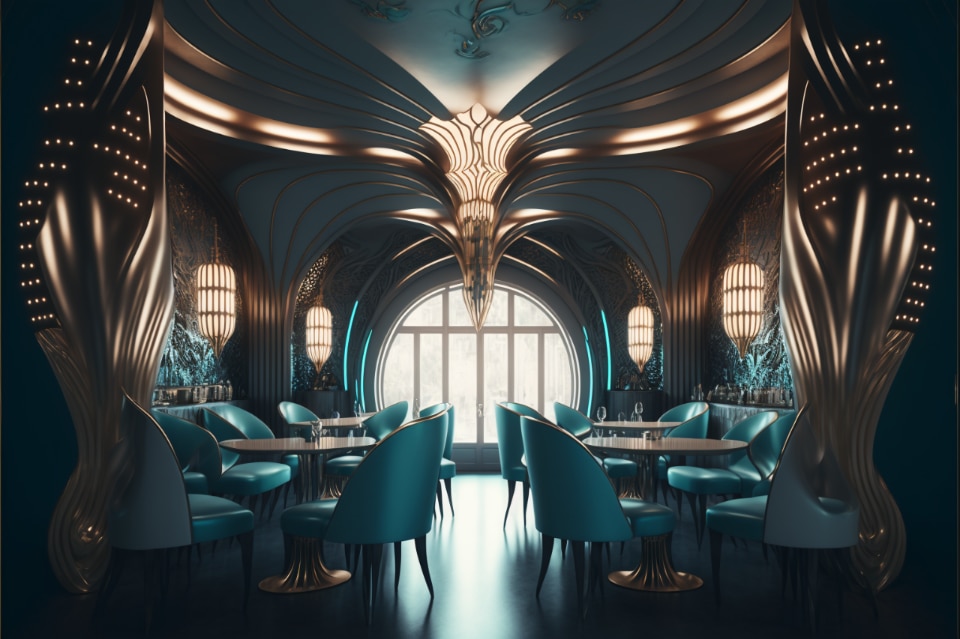
4SPACE
Courtesy @4Spacedesign (Instagram account)
There are already people who are trying to turn these possibilities into a business. A few months ago, the design, branding and architecture firm 4SPACE, based in Dubai, has started to use the TTI software we previously mentioned to create its interior design renderings. The first project involves a series of restaurants in Dubai.
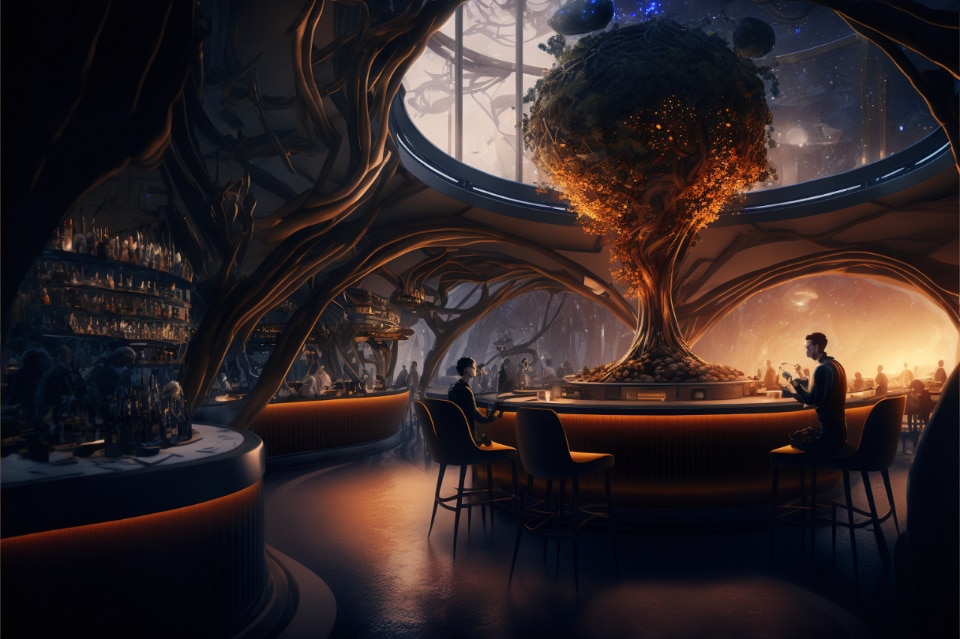
4SPACE
Courtesy @4Spacedesign (Instagram account)
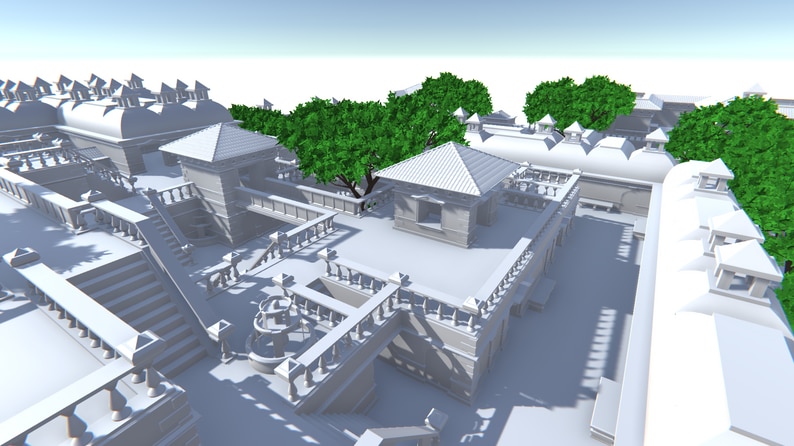
Marian
Courtesy @marian42_ (Twitter account)
In the meantime, someone is really projected into the future. Marian, a programmer who is currently working on the videogame No Man's, has created an infinite city procedurally generated by the wave function collapse algorithm on Unity. Marian, together with Matthias Fey, is designing a GAN (Generative Adversarial Network) that generates three-dimensional shapes starting from an interior design dataset.
